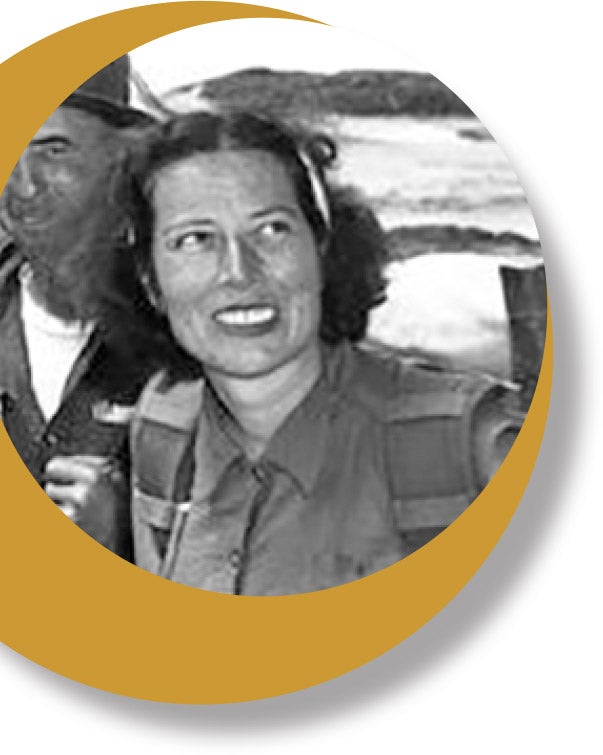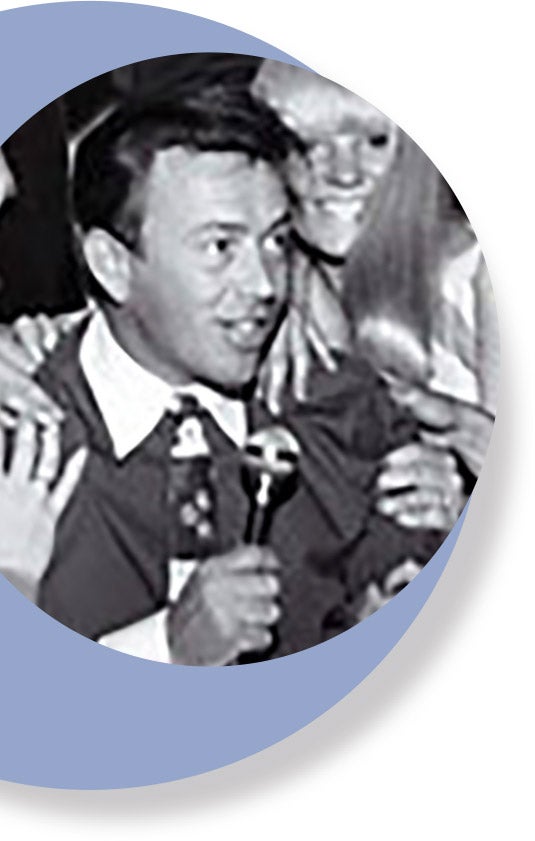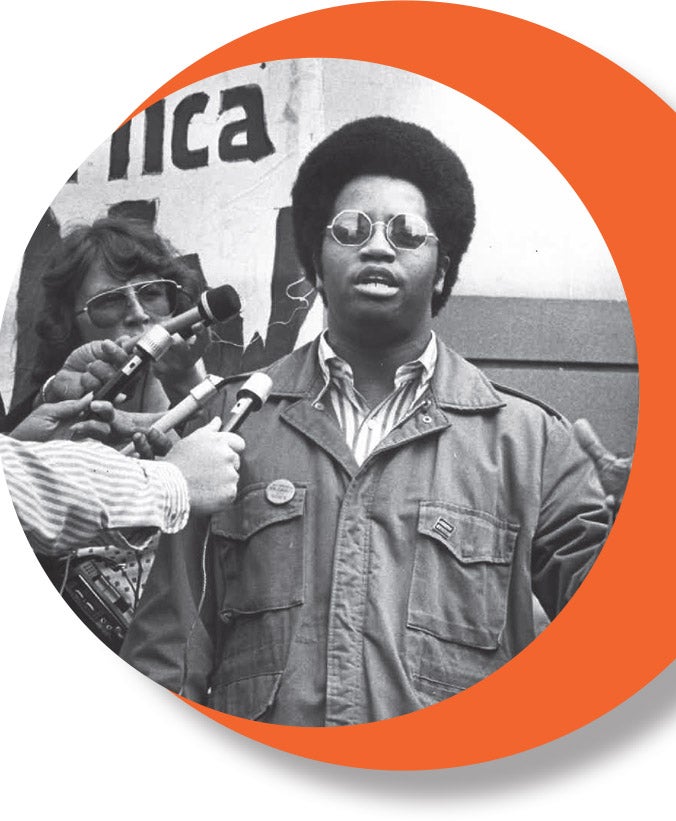Change was in the air. Everywhere.
From Saigon to Seattle, Paris to Pasco,
Memphis and Mexico City. On college campuses, the
campaign trail and evergreen peaks, Washingtonians were
spurred to action.

It was the year when Vietnam, civil rights, women’s liberation, and
conservation coalesced—the year when tragedy led the 6 o’clock
news with numbing regularity. 1968 changed us in ways still
rippling through our society a half-century later.

In 1968: The Year That Rocked Washington features a collection of
online stories and an exhibit set to open at the Washington State
Capitol in the fall of 2018. With profiles, compelling photos, and
artifacts, Legacy Washington documents the activism and aftershocks
of a landmark year in world history. Native American fishing rights,
feminism and equal access for people with disabilities were all advanced by
activist Washingtonians.
Here are a few of the people you’ll meet:

Polly Dyer, a cheerfully tenacious activist, was at the vanguard of the modern
environmental movement in 1968, culminating in the creation of the
North Cascades National Park, which spared the “American Alps”
from mining and clearcutting.
Art Fletcher, a civil rights activist from the Tri-Cities who ran
for lieutenant governor against long odds and nearly became
the state’s first black statewide elected official. As deputy
secretary of labor in the Nixon administration, he became
“the father of affirmative action” and headed the United
Negro College Fund.
Ralph Munro, a tireless young disability rights activist who went
on to become our five-term Secretary of State. Governor Dan Evans,
who recruited Munro to coordinate volunteerism statewide, called him
“the one who taught me how to care.”

Larry Gossett, now a King County Councilman, was a founder of the Black Student Union
at the University of Washington. He led sit-ins and other protests that demanded more
minority admissions and the creation of a Black Studies curriculum.
Pat O’Day, the legendary KJR disc jockey and concert promoter, was the king of Seattle
radio in 1968, the year he welcomed Jimi Hendrix back home for his first Seattle concert
and an appearance at Garfield High School.
Help support the 1968 project
Legacy Washington exhibits offer visitors a unique and
interactive opportunity to learn about our state’s history
and the people who made it remarkable. The State
Capitol and the Office of Secretary of State
welcome more than 40,000 people annually.
Visitors include student groups from across the
state. Many are enrolled in social studies and
state history classes.
This collaborative program enjoys a strong partnership
with multiple school districts as well as the Karshner
Museum. Exhibits are on display for one year in the Capitol
Building before traveling to the Karshner Museum,
schools, and other venues around the state.
Legacy Washington is currently seeking
sponsors for the 1968 project for the
printing of the exhibit, materials, and
K-12 curriculum that will accompany
the exhibit. All Legacy Washington
projects are made possible with private
funds raised by the Washington State
Heritage Center Trust, a 501(c)3 non-profit.
Sponsors receive special recognition on all
printed materials, social media, the Secretary of
State website, and are invited to attend the opening
ceremony, programs and events throughout the year as
either guest speakers or discussion group participants.
Sponsor logos will be displayed on all electronic
marketing and printed material as well as on the web.
Additionally, sponsors will be invited to a special reception
with Secretary Wyman and exhibit staff after the opening.
Help us share these fascinating stories and consider
sponsoring 1968. Contact Laura Mott, Director of
Development, at (360) 902-4171.